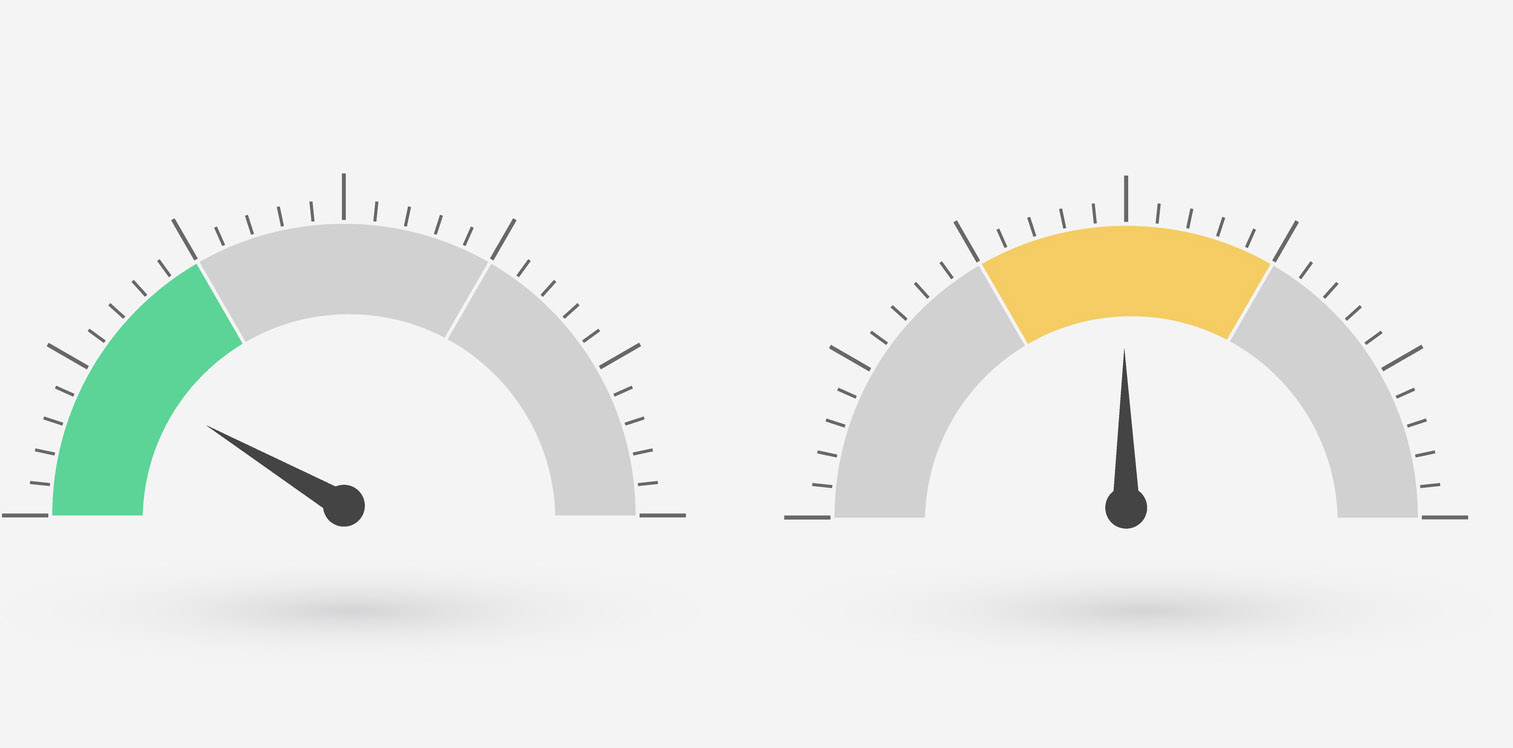RA patients who have achieved remission on tofacitinib do better on a half dose than with complete withdrawal, a Japanese study shows
Rheumatoid arthritis patients who have achieved remission on tofacitinib (Xeljanz), are more likely to stay free from active disease by continuing on a half-dose than stopping the treatment completely, according to a small prospective study from Japan.
But there is still a question mark over whether the lower dose is as protective against further damage as the full dose despite its effectiveness against symptom recurrence, says Melbourne rheumatologist and Monash University professor Stephen Hall.
In the observational non-randomised study, published in Clinical Rheumatology, 100 RA patients with moderate to high disease activity (CDAI > 10) were treated for one year with 5mg daily tofacitinib. The 68 who achieved remission (CDAI <2.8) or low disease activity then either continued on full dose, were put on half dose or stopped the drug, according to patient preference and physician discretion.
Those on methotrexate or prednisolone continued with those medications.
They were followed up for between six and 21 months. Incidence rates of disease flare per person per year were 0.73 in the withdrawal group and just 0.44 in the withdrawal group (and 0.04 in the continuation group). The median time to flare was seven months for the withdrawal group and 21 months for the dose-reduction group.
All patients who experienced a flare were put straight back on full dose tofacitinib and all but one regained remission within a month.
Dr Hall told Rheumatology Republicthat the results echoed those from trials in etanercept and adalimumab, and suggested that a lower dose might be sufficient to maintain clinical remission once it had been achieved. This had a clear economic benefit.
However, the study did not show whether the disease-modifying effect of the drug was maintained at the lower dose.
“They are not in a position to comment on whether lesser doses continue to protect you from damage,” Dr Hall said.
“Part of the reason that these drugs are PBS-listed is that they’re structurally modifying. So what we can tell is that the signs and symptoms are not too adversely affected by halving the dose.
“But given that all of the data about protecting you from damage comes from the higher dose, one’s got to ask, is it really doing the whole job? It could be a bit of a false economy.”
Another caveat was administrative: Australian patients and doctors would have to be careful to avoid falling foul of a Medicare rule that could see the patient denied the synthetic DMARD for life.
If a patient’s six-month prescription lasted more than twice that long, taking into account the half-dose and occasional missed pill, they could exceed the maximum 12 months between reviews, which for Medicare equated to a failure to respond. The patient would then never qualify for tofacitinib again.
Thirdly, Dr Hall said, Japanese patients were far more likely to develop shingles as a side effect of tofacitinib than Caucasian patients, so there was a much bigger potential benefit in Japan than in Australia.
But there was also no certainty as to whether side effects were reduced with a reduced dose.
“We have very little data to tell us that the lesser doses are associated with a lesser risk of side effects,” Dr Hall said. “It may well be that if you take enough to control the disease and protect you from damage that already maxes out your side effects.
“We don’t know, and that is not clear from any of these studies because they would require much larger numbers.
“So while it’s an interesting study, there are a lot of other questions that need to be addressed before we can seize on this as being a reason to encourage our patients to reduce the dose.”
Clinical Rheumatology 2019, 9 August


